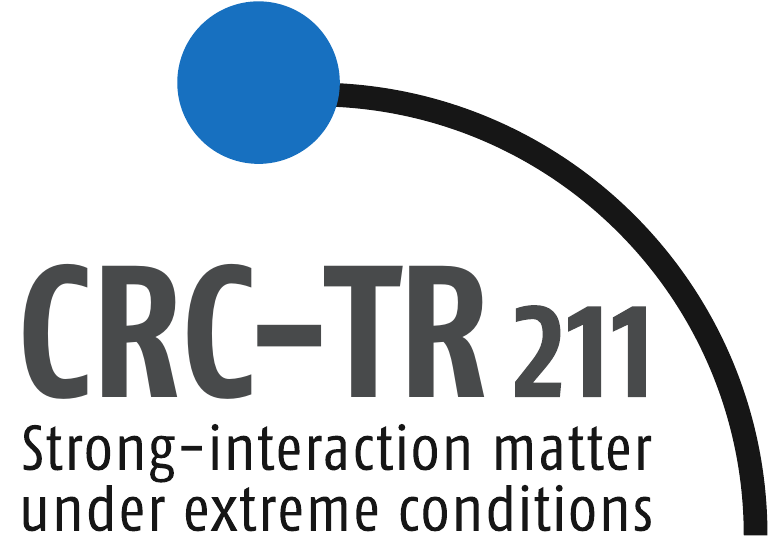 Transport Meeting
Transport Meeting  Transport Meeting
Transport Meeting Venue:
Institute for Theoretical Physics, Goethe University Frankfurt, Physics
Building, PHYS 2.114
Time: Thursday, May 02, 2:15pm
Contact: hees@th.physik.uni-frankfurt.de
The scalar-isoscalar mode of QCD becomes lighter/nearly massless close to the chiral transition/second-order critical point. This mode is the main responsible for the attractive part of the nucleon-nucleon potential at distances of 1-2 fm. Therefore, a long-range strong attraction among nucleons is predicted to develop close to the QCD critical point. Using the Walecka-Serot model for the NN potential we study the effects of the critical mode in a system of nucleons and mesons using a Molecular Dynamics+Langevin equations for the freeze-out conditions of heavy-ion collisions. Beyond mean field, we observe strong nucleon correlations leading to baryon clustering. We propose that light-nuclei formation, together with an enhancement of cumulants of the proton distribution can signal the presence of the QCD critical point.